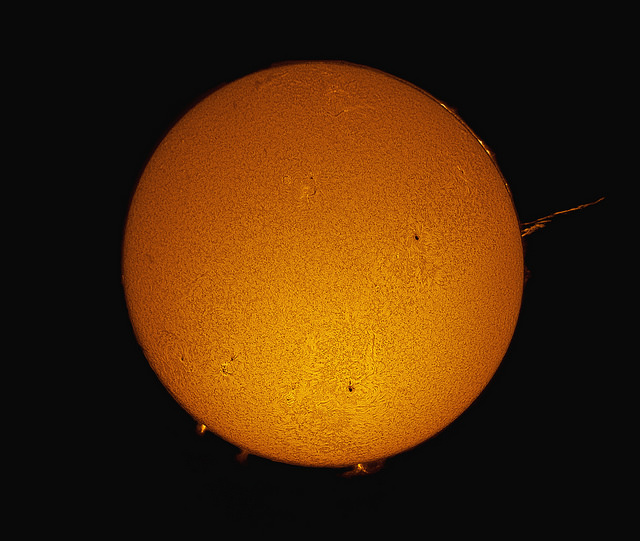With a watchful NASA spacecraft capturing its moves, the Sun sent off a “mid-level” solar flare on Tuesday (July 8) that you can watch (over and over again) in the video above. The Solar Dynamics Observatory caught the explosion around 12:20 p.m. EDT (4:20 p.m. UTC), which led into a coronal mass ejection that sent a surge of solar material into space.
Solar flares can be disruptive to Earth communications and also cause auroras in the atmosphere. In this case, the M6 solar flare created “short-lived impacts to high frequency radio communications on the sunlit side of Earth … as a result,” wrote the National Oceanic and Atmospheric Administration in a forecast July 8.
In this case, however, the coronal mass ejection (seen by the Solar Dynamics Observatory) is not expected to hit Earth. But with the Sun around its maximum of solar activity in the 11-year cycle, other eruptions could head into space in the coming days. M is considered a moderate flare and X the strongest kind.
“Solar activity is low, but the quiet is unlikely to persist,” wrote SpaceWeather.com in an update published today (July 10). “There are three sunspots with unstable magnetic fields capable of strong eruptions: AR2108, AR2109, AR2113. NOAA forecasters estimate a 75% chance of M-flares and 15% chance of X-flares on July 10th.”
This flare caused a surge in shortwave activity that you can hear in this audio file, recorded by New Mexico amateur astronomer Thomas Ashcraft. “Radio bursts such as these are sparked by shock waves moving through the sun’s atmosphere,” SpaceWeather added. “Set in motion by flares, these shock waves excite plasma instabilitties that emit static-y radio waves.”

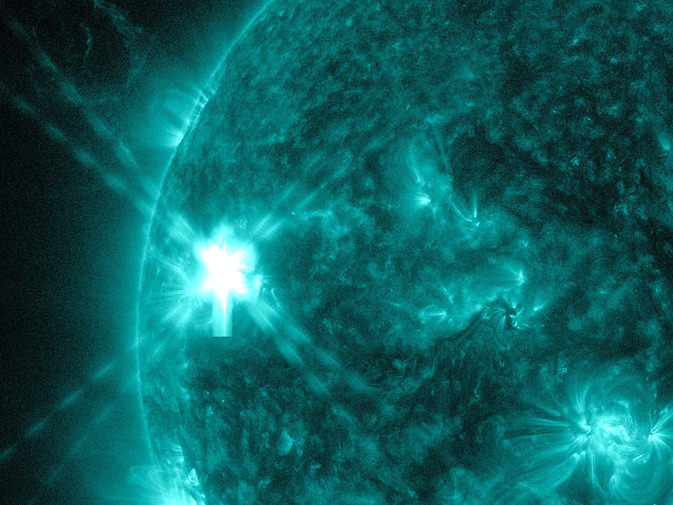
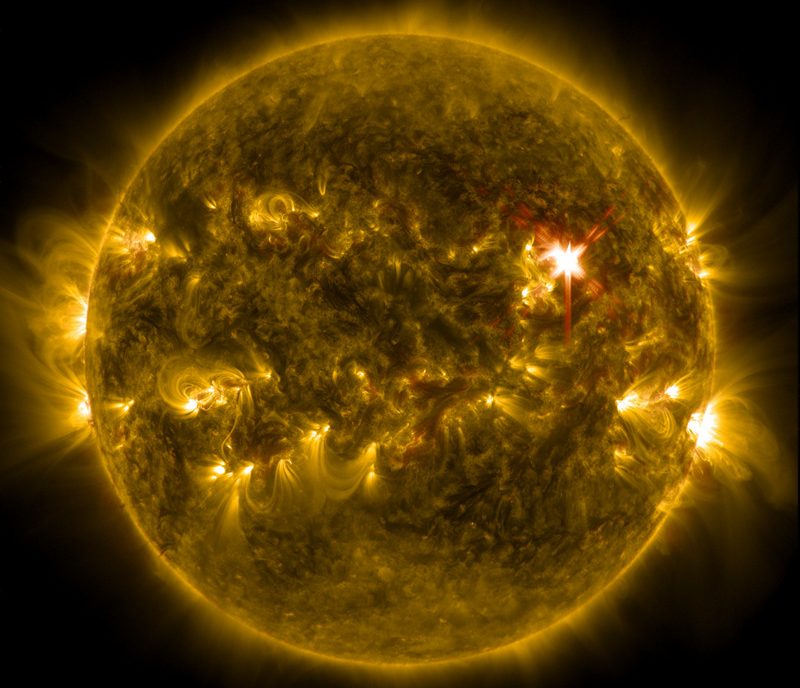
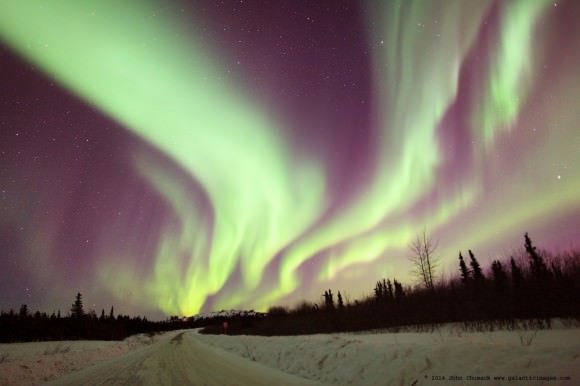
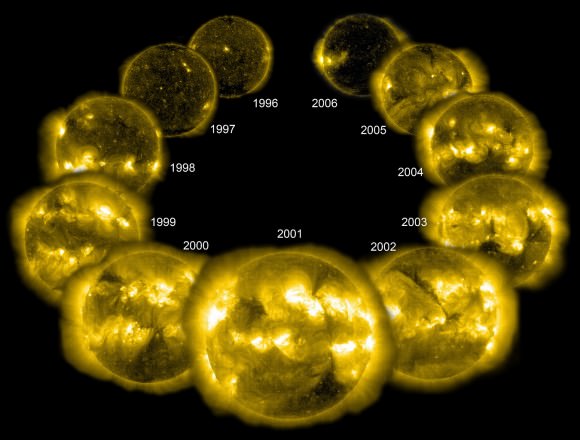
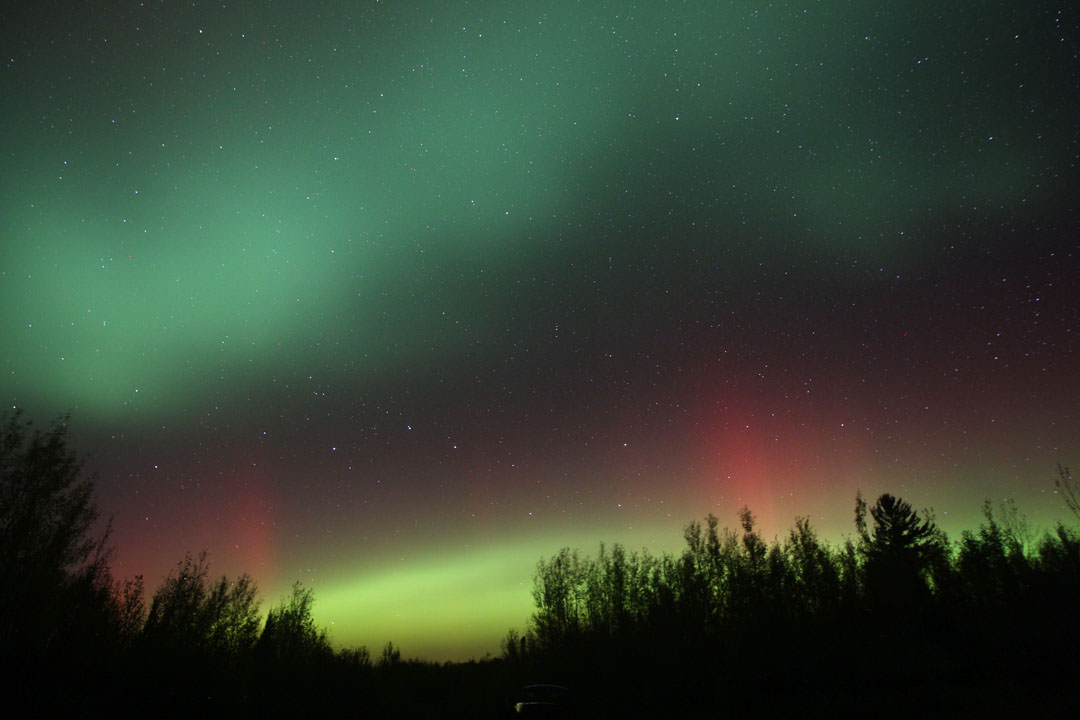
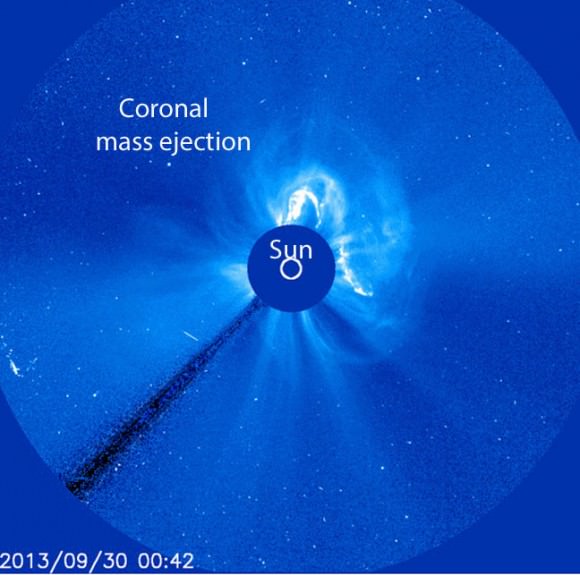
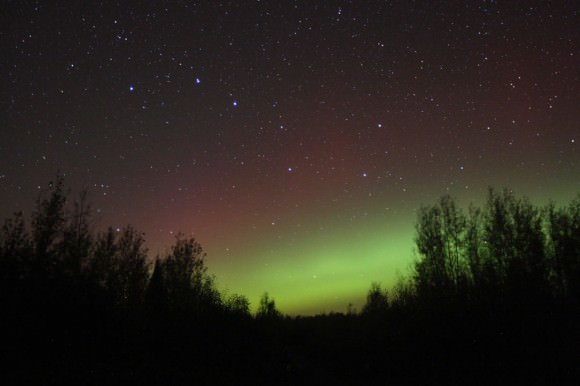
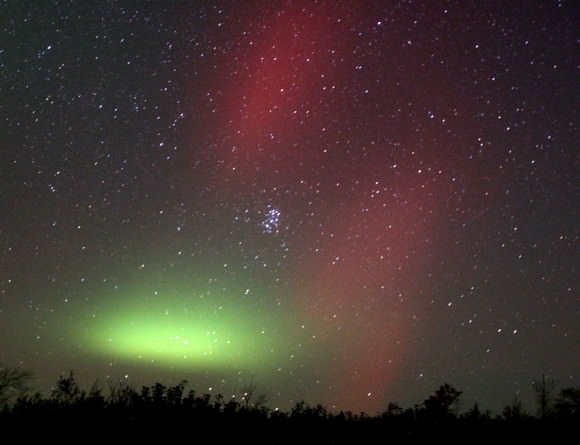
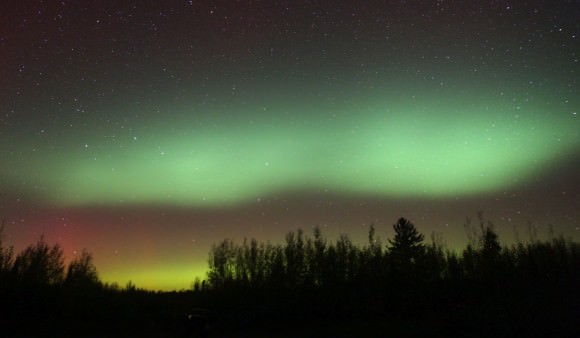
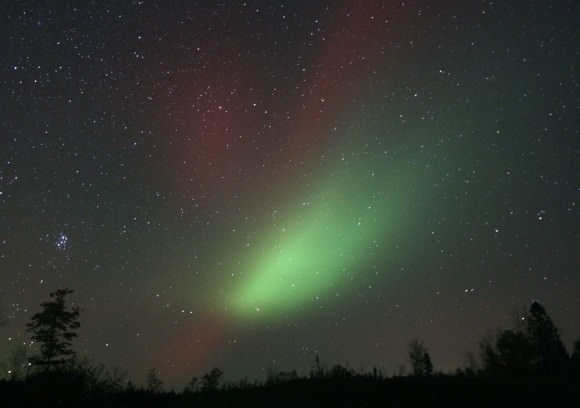
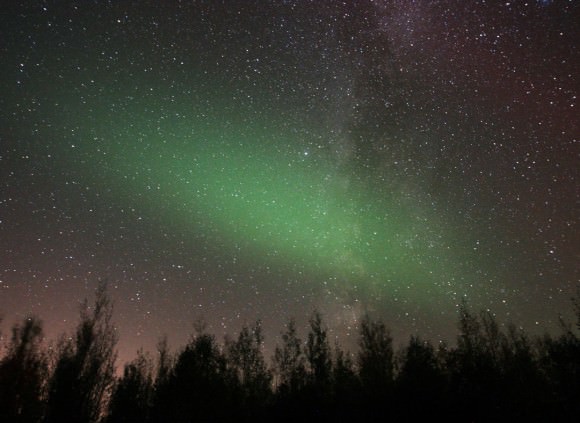
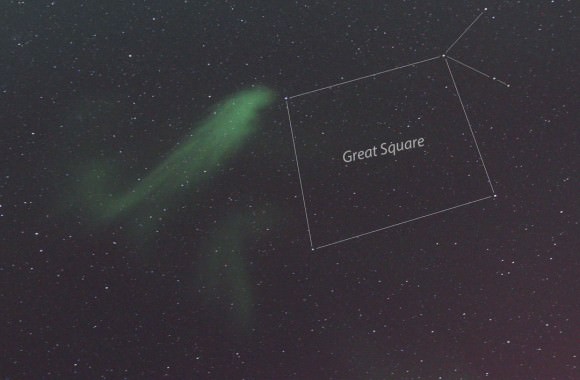
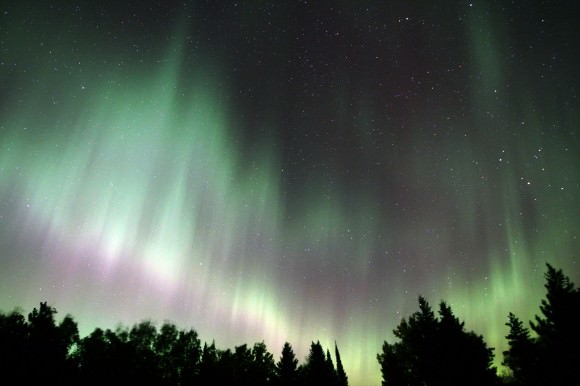
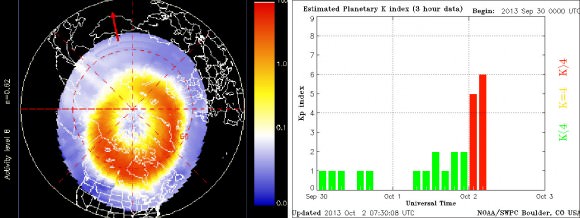
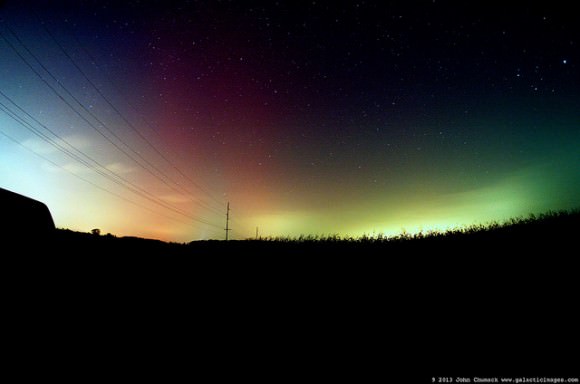
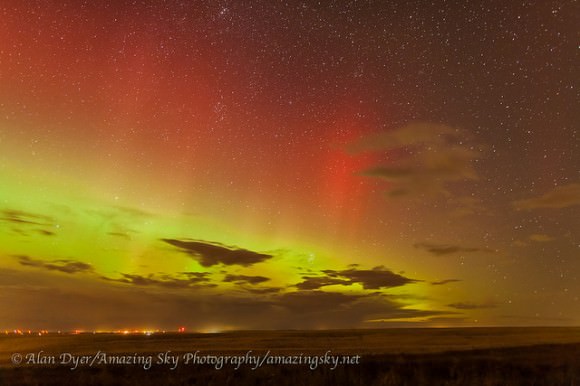

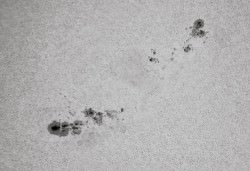
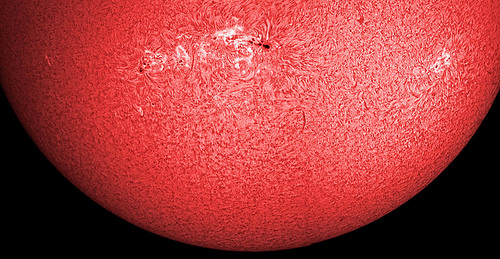
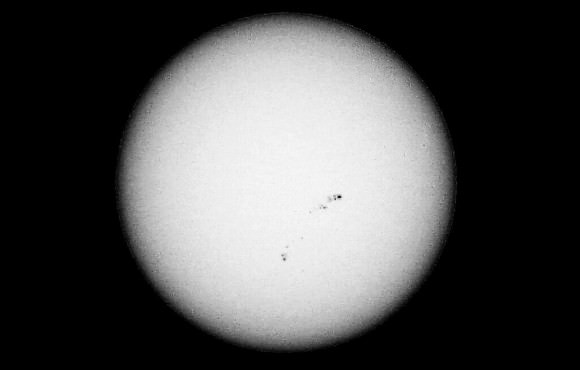
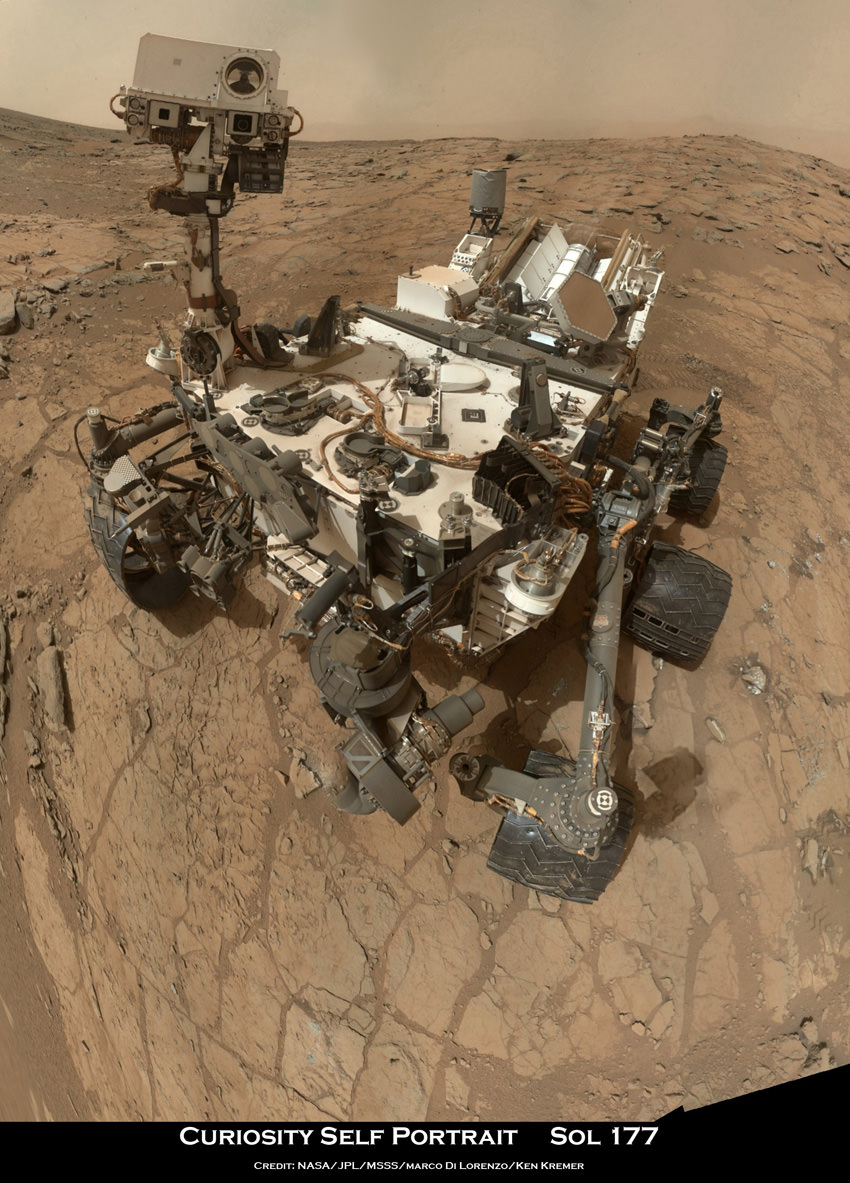
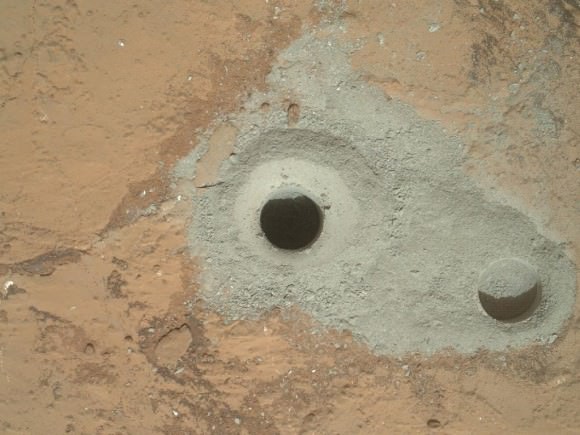
 Curiosity accomplished Historic 1st drilling into Martian rock at John Klein outcrop on Feb 8, 2013 (Sol 182), shown in this context mosaic view of the Yellowknife Bay basin taken on Jan. 26 (Sol 169) where the robot is currently working. The robotic arm is pressing down on the surface at John Klein outcrop of veined hydrated minerals – dramatically back dropped with her ultimate destination; Mount Sharp. Credit: NASA/JPL-Caltech/Ken Kremer/Marco Di Lorenzo
Curiosity accomplished Historic 1st drilling into Martian rock at John Klein outcrop on Feb 8, 2013 (Sol 182), shown in this context mosaic view of the Yellowknife Bay basin taken on Jan. 26 (Sol 169) where the robot is currently working. The robotic arm is pressing down on the surface at John Klein outcrop of veined hydrated minerals – dramatically back dropped with her ultimate destination; Mount Sharp. Credit: NASA/JPL-Caltech/Ken Kremer/Marco Di Lorenzo